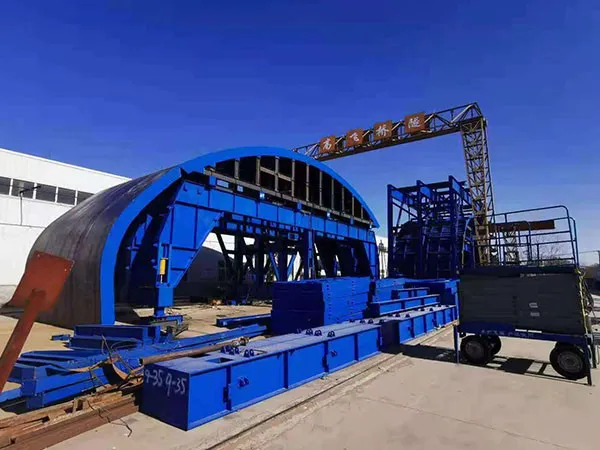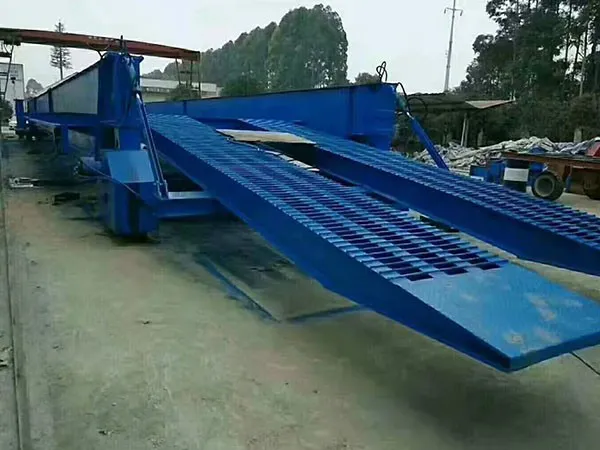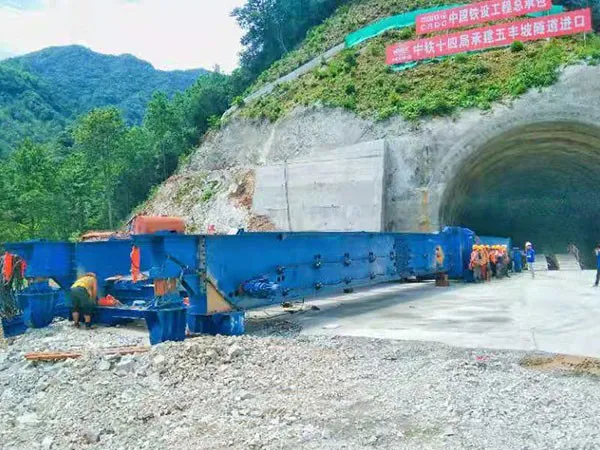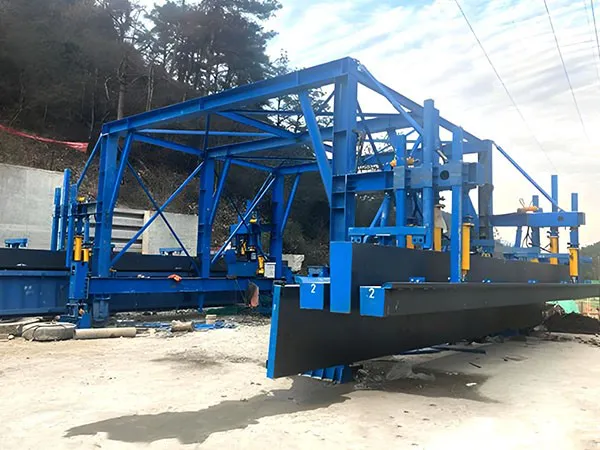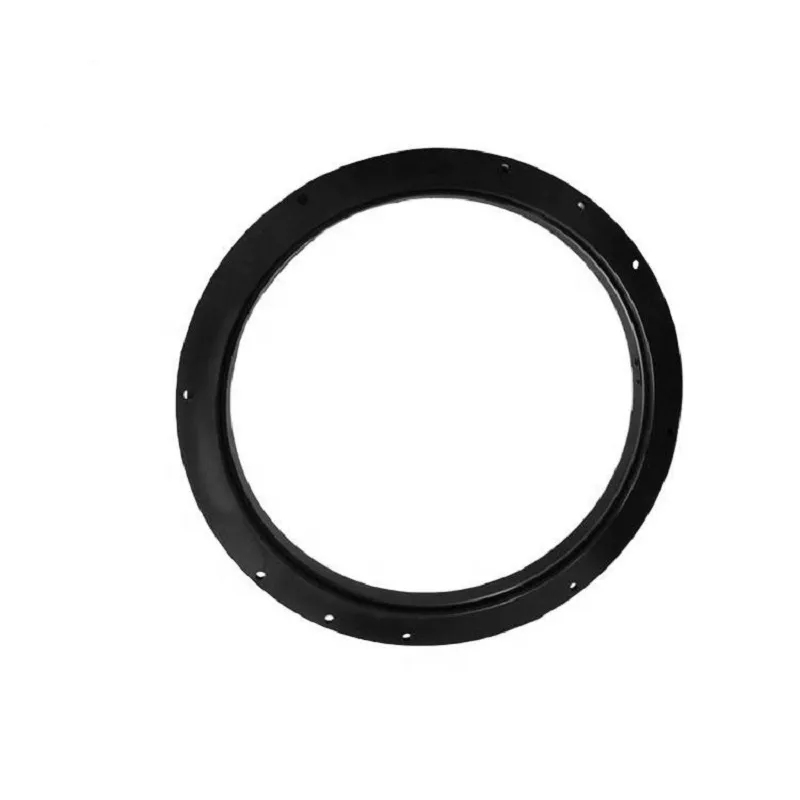Облицовка туннелей plays a critical role in ensuring the structural stability, безопасность, and durability of underground construction projects. As the permanent support structure, the lining must withstand ground pressure, water ingress, and long-term environmental influences while maintaining serviceability throughout the tunnel’s lifespan. To achieve these objectives, stringent quality control measures are essential during design, выбор материала,производство,and construction phases.
Quality control in tunnel lining involves systematic monitoring and inspection to verify that materials, размеры, способы установки, and finished structures meet specified standards and project requirements. This process not only helps to prevent defects such as cracks,смещение, and water leakage but also enhances the tunnel’s operational reliability and reduces future maintenance costs.
Tunnel Lining Quality Control Method
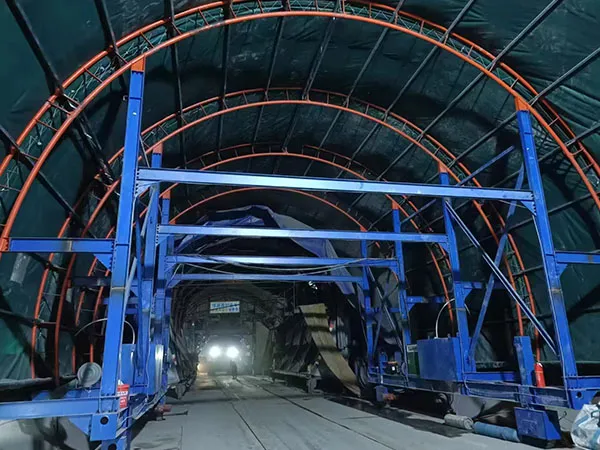
я. Pre-Construction Phase (когда точность вращения подшипника не соответствует требованиям & Planning):
Detailed Geotechnical Investigations: Thorough understanding of ground conditions (rock type, soil, water table, faults) is paramount. This informs the design of the lining, выбор материала, и методы строительства.
Appropriate Lining Design: The design must consider anticipated loads (ground pressure, water pressure, сейсмическая активность), service life, и факторы окружающей среды.
This includes selecting the correct lining thickness, reinforcement, and material (например, sprayed concrete, сборные сегменты, cast-in-place concrete).
Material Specification: Clearly define the required properties for all materials, including concrete strength, долговечность, workability, aggregate quality, admixtures, and reinforcement steel.
Quality Management Plan (QMP): Develop a comprehensive plan outlining all quality control (КК) and quality assurance (QA) procedures, responsibilities, inspection points, and documentation requirements.
II. Construction Phase (Execution & Мониторинг):
А. Material Quality Control:
Агрегаты:
Sampling and Testing: Regular testing for gradation, soundness, плохая группировка деталей (silt/clay content), organic impurities, и содержание влаги.
Storage: Proper storage to prevent contamination and segregation.
Cement:
Source Approval: Ensure cement comes from approved manufacturers.
Тестирование: Check for fineness, setting time, soundness, and compressive strength.
Storage: Protect from moisture.
Admixtures:
Verification: Ensure type and dosage are as per design.
Тестирование: Confirm effectiveness and compatibility with other materials.
Reinforcement Steel:
Mill Certificates: Verify grade, размеры, and mechanical properties.
Инспекция: Check for rust, наносить ущерб, correct bending, and placement.
…
Более подробную информацию о методах управления качеством качества подкладки туннеля можно найти в: https://www.gf-bridge-tunnel.com/a/blog/tunnel-lining-quality-control-method.html

